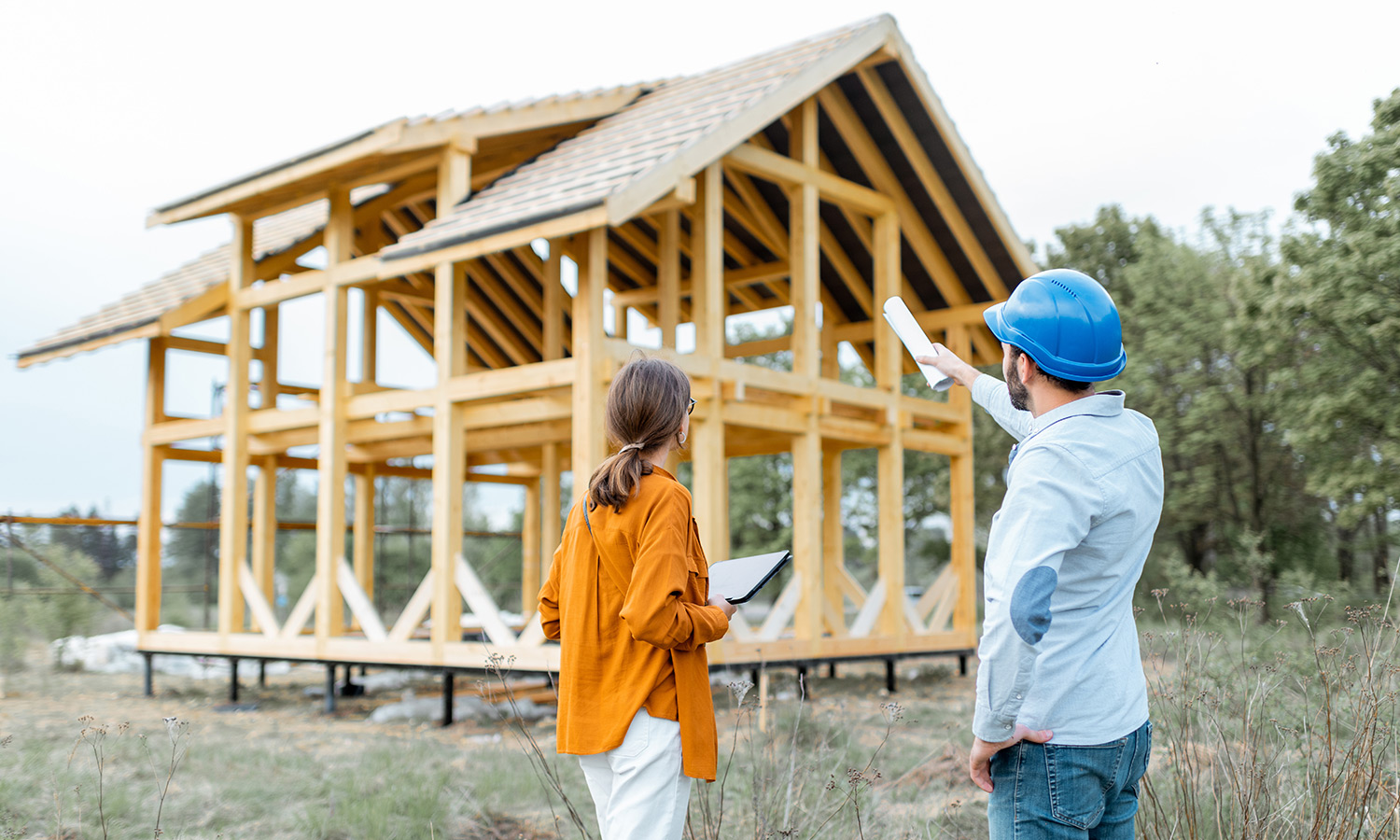On this page:
‘There were gaps around the rangehood in the ceiling so we asked them if they could fill it and they said “No, that’s how we do it.”’
‘I tried to talk to the builder, but they started using complicated building terms which just confused me.’
How to prevent this
Before hiring a practitioner, check reviews to find out how happy other clients were with their communication. Look for reviews about responsiveness, honesty, problem solving, flexibility and willingness to discuss the project throughout the building process. Read more about picking the right builder at Finding a practitioner and getting quotes.
Do research about building and renovating to understand the process and the types of work involved. Look at online resources such as building forums, educational websites or instructional videos and understand common building terms.
You can get someone else to speak to your builder on your behalf, such as a friend or family member who is experienced in dealing with builders and trades.
You can also get an independent professional such as an architect or building consultant to help manage your project. They will have the industry knowledge to communicate your needs to your builder and make sure standards are being met. See Roles and responsibilities to understand the types of professionals that may be involved in your project.
During the project, ask questions if you’re unsure or concerned about something and keep it friendly. See more at Communicating with your builder.
What you can do
Always talk to your builder and give them an opportunity to fix the issue before lodging a formal complaint or dispute. For more information about the dispute process, go to Resolve disputes.
Try to speak to a site supervisor, manager or head builder to see if the problem can be resolved within the builder’s team.
Speak to someone with experience or technical knowledge who can confirm whether there is a genuine problem and whether something is being done incorrectly. Consider getting an independent expert to support your concerns, for example, by arranging a building inspection and report. This expert may also communicate with your builder to ensure the work is done correctly.
If you can’t resolve the problem, write a formal letter asking the builder to fix the issue within a certain timeframe. Give them a reasonable amount of time to respond to your letter. A letter template can be found below.
For defective or incomplete work, you may be eligible for Domestic Building Dispute Resolution Victoria (DBDRV). DBDRV provides free conciliation services for owners and builders in domestic building disputes. If you are unable to resolve your dispute at DBDRV through conciliation, DBDRV has the power to issue legally binding dispute resolution orders and certificates. Check that you are eligible for this service at Is our service right for you?
If you are ineligible for DBDRV, or if your issue could not be resolved and you have received a certificate of conciliation from DBDRV, you can make an application to the Victorian Civil and Administrative Tribunal (VCAT). You can also contact Consumer Affairs Victoria’s (CAV) Building Information Line at 1300 55 75 59 for free advice. Consider getting independent legal advice.
A report from a technical expert such as an architect, building consultant or designer may be useful for supporting your claim if you lodge a formal dispute.
Read more: CAV | Building disputes, defects and delays
Tools and links
Page last updated: 30/11/22
